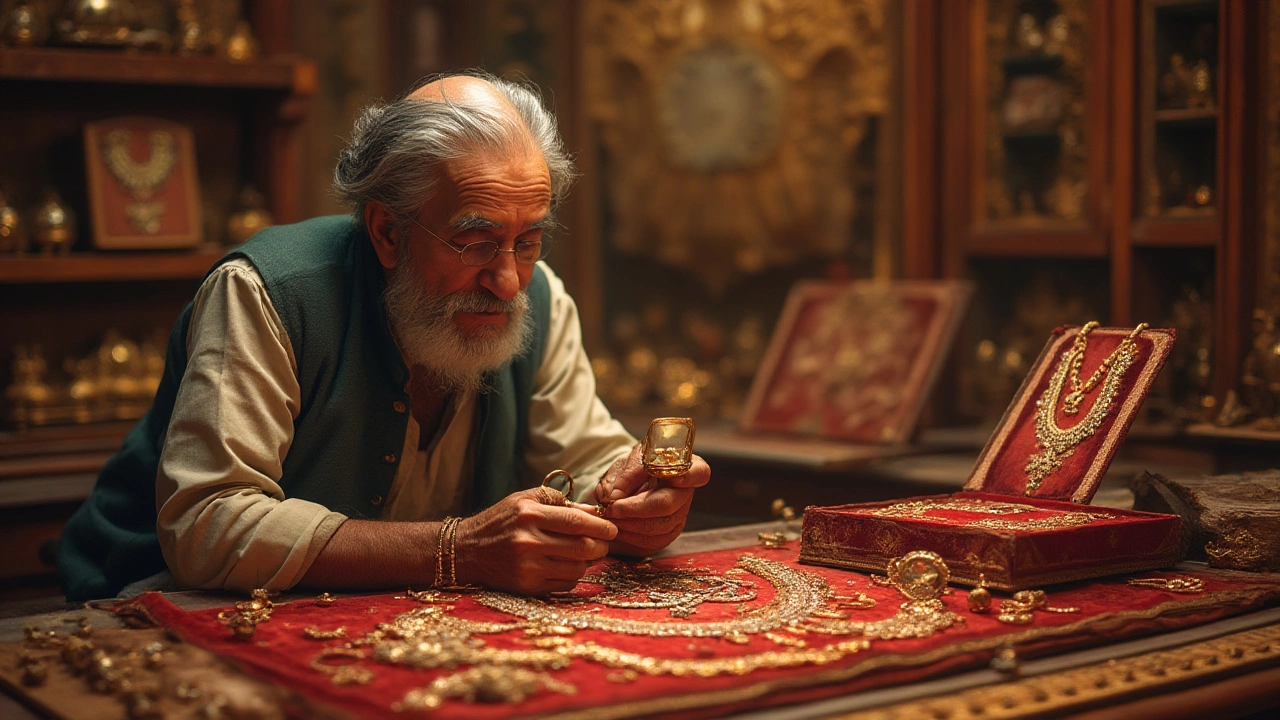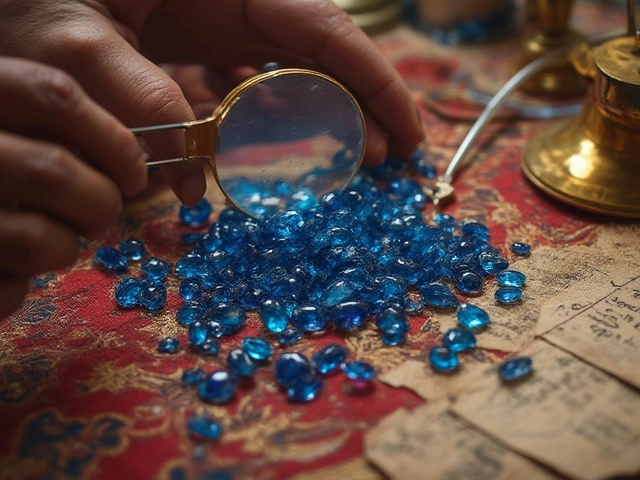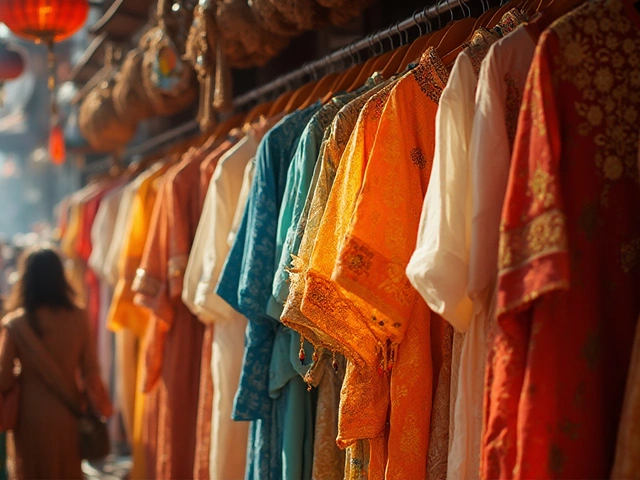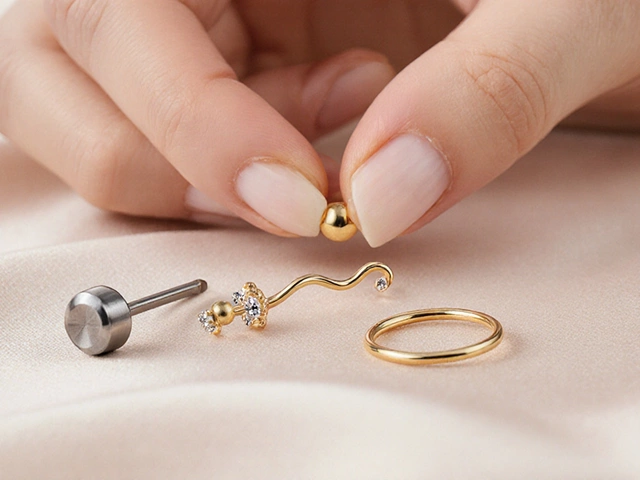Vintage vs Antique Jewelry: Spot the Difference
When you walk into a jewelry store or scroll online, you’ll see the words “vintage” and “antique” everywhere. They sound fancy, but they don’t mean the same thing. Knowing the real gap between them helps you pick pieces you love and avoid costly mistakes.
Age and Definition
Antique jewelry is simple: it’s at least 100 years old. Think Edwardian era lockets, Victorian brooches, or Art Deco bracelets from the 1920s. If it’s older than a century, it’s antique, and it usually comes with a documented history or hallmark.
Vintage pieces sit in the sweet spot between 20 and 100 years old. They capture the style of a particular decade—like 70s filigree or 80s gold chains—without the strict century rule. Vintage is more about design trends than a precise age.
How to Identify and Buy
First, look at the hallmarks. Antique gold often carries a maker’s mark, a purity stamp, and sometimes a date code. Vintage items may have brand tags, such as “Cartier” or “Tanishq,” but the marks aren’t always as detailed.
Second, check the wear. Antiques tend to show a gentle patina, some surface wear, and maybe repairs done decades ago. Vintage pieces can be in near‑new condition or show light wear that matches the era’s finishing style.
Third, think about the story. Collectors love a piece with a known provenance—like a family heirloom or a piece featured in a classic movie. Even if a vintage ring looks great, knowing its background can boost its value and your satisfaction.
Pricing differs, too. Antiques usually carry a premium because of rarity and historical significance. Vintage is often more affordable, letting you enjoy a retro look without breaking the bank.
If you’re buying online, request close‑up photos of any stamps, ask for the seller’s proof of age, and read return policies carefully. In‑store, ask the jeweler to show you the testing tools they use—like a magnet test for silver or a acid test for gold purity.
Style-wise, both vintage and antique pieces can mix with modern outfits. Pair an antique solitaire pendant with a simple tee for a timeless vibe, or wear a vintage bangles stack for a bold, retro statement.
Finally, trust your gut. If a piece feels right, matches your style, and the seller can back up its age, you’ve likely found a winner. Whether you choose a 120‑year‑old brooch or a 60‑year‑old cocktail ring, knowing the difference makes the purchase more confident and enjoyable.
How Old Must Jewelry Be to Be Considered Antique? Modern Guide to Antique Jewelry Age
Wondering what makes jewelry 'antique'? Learn the key age cutoff, insider facts, dating tips, and what separates antique pieces from vintage.




